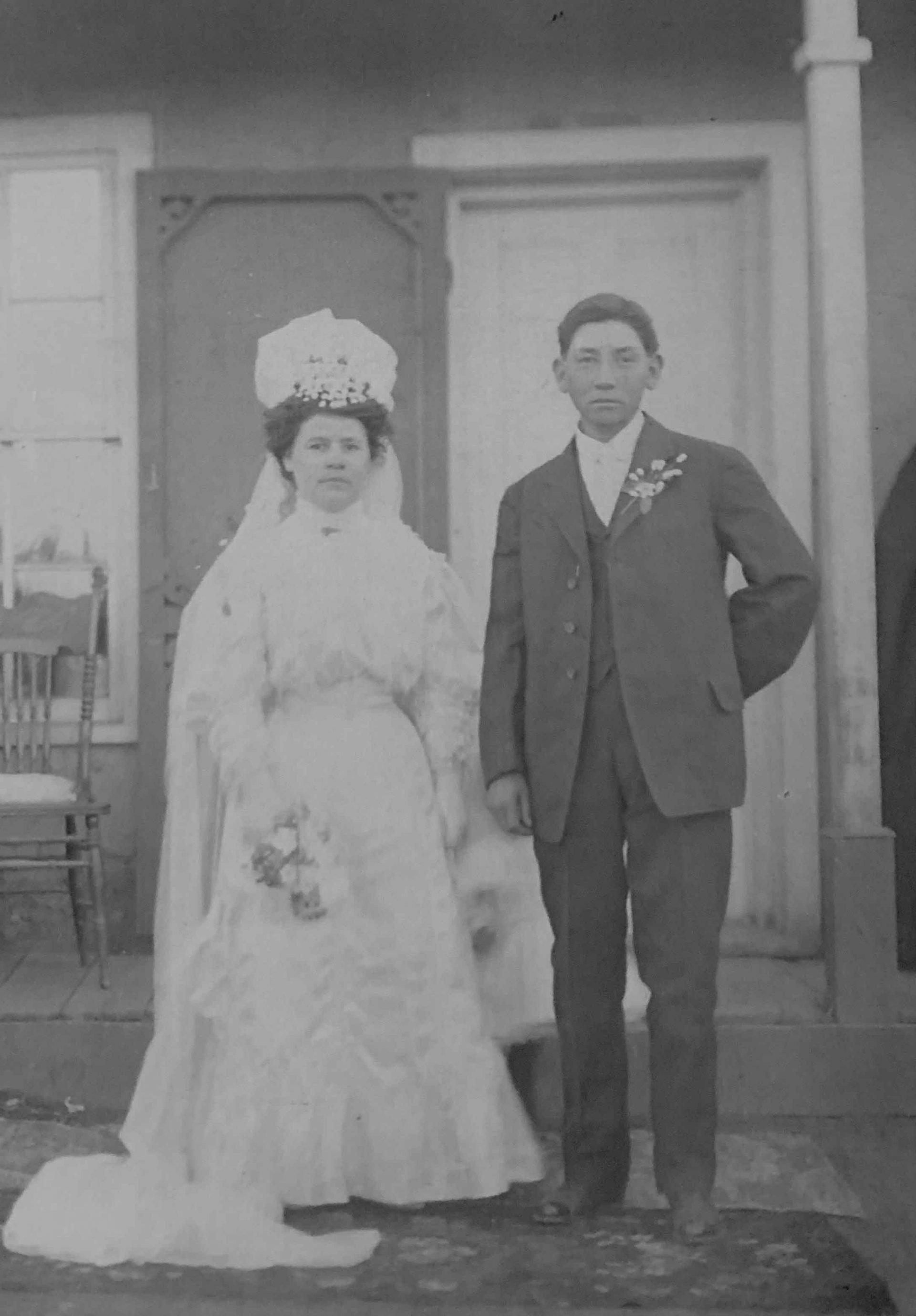By Anna Lee Vargas.
Nestled between expansive mountain ranges and the Río Grande, the fertile lands of the San Luis Valley (SLV) have always been a point of contact between cultures and races.
The SLV represents a multicultural tapestry, including Native Americans, Hispanic, Mormon, Asian, and other rancher-settlers, while also encompassing the most extensive wetlands system in the Southern Rocky Mountains. This long and rich history dates back to the Paleo-Indians who lived here 13,000 years ago. Our people’s Indigenous, Spanish, and Mexican roots have played a major role in influencing our food, farming practices, religion, art, culture, and language.
For example, a unique 16th-century Spanish is still spoken by 35% of the SLV population, and is a version of an archaic language found nowhere else in the Spanish-speaking world.
This Spanish dialect spoken in the SLV is an amalgamation of many languages and cultures. Numerous invasions in the early history of the Iberian Peninsula influenced the early development of this archaic language. The invaders contributed aspects of their cultures, practices, and languages. It was this evolving language that the Spaniards brought to the Americas in the late 1400s and early 1500s. The archaic influences of the 15th and 16th centuries in Spain that remain in practice today in the Spanish dialect of the San Luis Valley include many variations on words used in today’s modern academic Spanish. For example, asina is used rather than así (meaning thus or like this/that), muncho rather than mucho (much), recio instead of rápido (rapidly/quickly), and truje over traje (I brought).
The Spaniards who made their way north to Southern Colorado from what is modern-day Mexico used Native words, adding in Spanish inflections and tones. A few examples include jején for mosquito and tecolote for owl. Both words are adaptations from Nahuatl, spoken by neighboring Aztecs. The Spaniards also took words from the Pueblo Indians, such as cunque for coffee grounds, and from French fur trappers who moved West.
After English speakers moved into the region in the 1800s, new words came into the mix: cuques for cookies and tiquete for ticket, among others. While the Spanish language continued to evolve in Spain and Mexico City, the settlers in southern Colorado and northern New Mexico were isolated, so the Spanish stayed in its archaic form.
For younger generations in the San Luis Valley, there’s a newfound appreciation for being bilingual. The question remains, however, whether the unique dialect spoken by their grandparents and the generations before them will stick around.
For longtime San Luis Valley residents, including myself as a 6th generation SLV native, the future of our distinct dialect is in our own hands. Fortunately, many of us are fighting to keep our unique language alive by documenting it, speaking it, and teaching it to our children.
Growing up in Manassa, CO, my first language was Spanish. I remember on my first day of kindergarten, I came in from recess and couldn’t remember where my classroom was. I tried to ask for help but no one understood Spanish, so I stood in the hall crying. My teacher noticed I was missing and came looking for me. The next day, she put a huge picture of a turkey on the classroom door so that I’d know which was my classroom. I never knew we spoke a different dialect of Spanish until I started taking Spanish classes in high school. I was told I didn’t speak the “correct” Spanish and would get a lot of the answers wrong. I would think to myself, I know Spanish, why am I not getting an A in Spanish class? Going on to college is where I learned that the Spanish I was speaking wasn’t wrong, I was just speaking the archaic Spanish unique to my ancestry.
Our history is a testament to the fact that the San Luis Valley has always been a place of diversity and strength. With the passing of time and the influx of new SLV residents, preserving the unique language of the SLV is perhaps more important than ever.
To learn more, visit: Sangre Heritage — National Heritage Area www.sangreheritage.org.
Anna Lee Vargas is a sixth generation San Luis Valley (SLV) native, born and raised in Manassa. She attended Adams State University, where she received her Bachelor of Arts Degree in Sociology with an emphasis in Social Welfare and Spanish, Liberal Arts. Anna Lee describes herself as a natural born advocate and community leader who is passionate about protecting the land, water, and people of the San Luis Valley.


